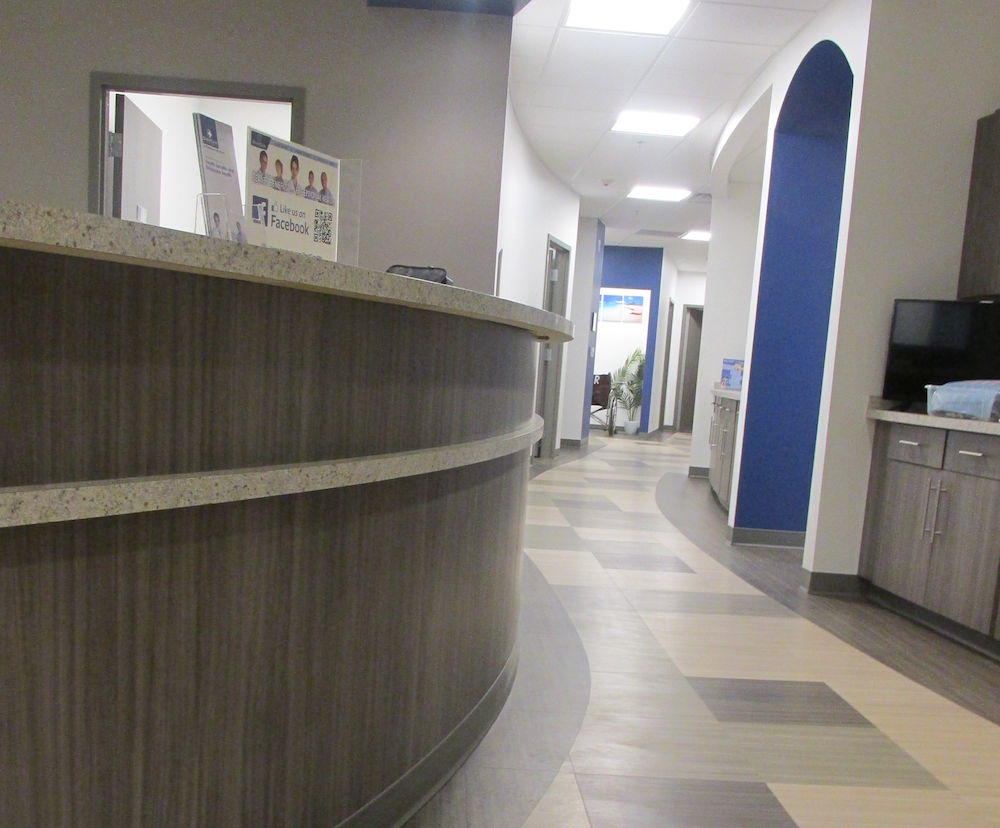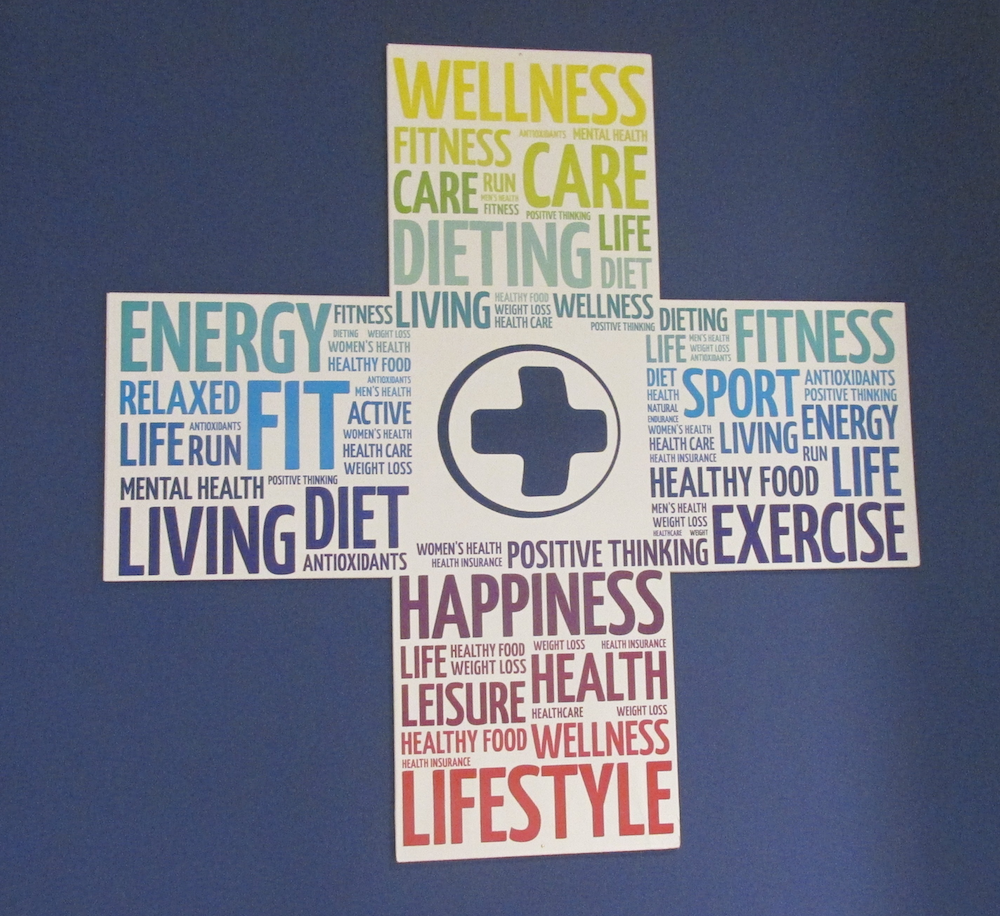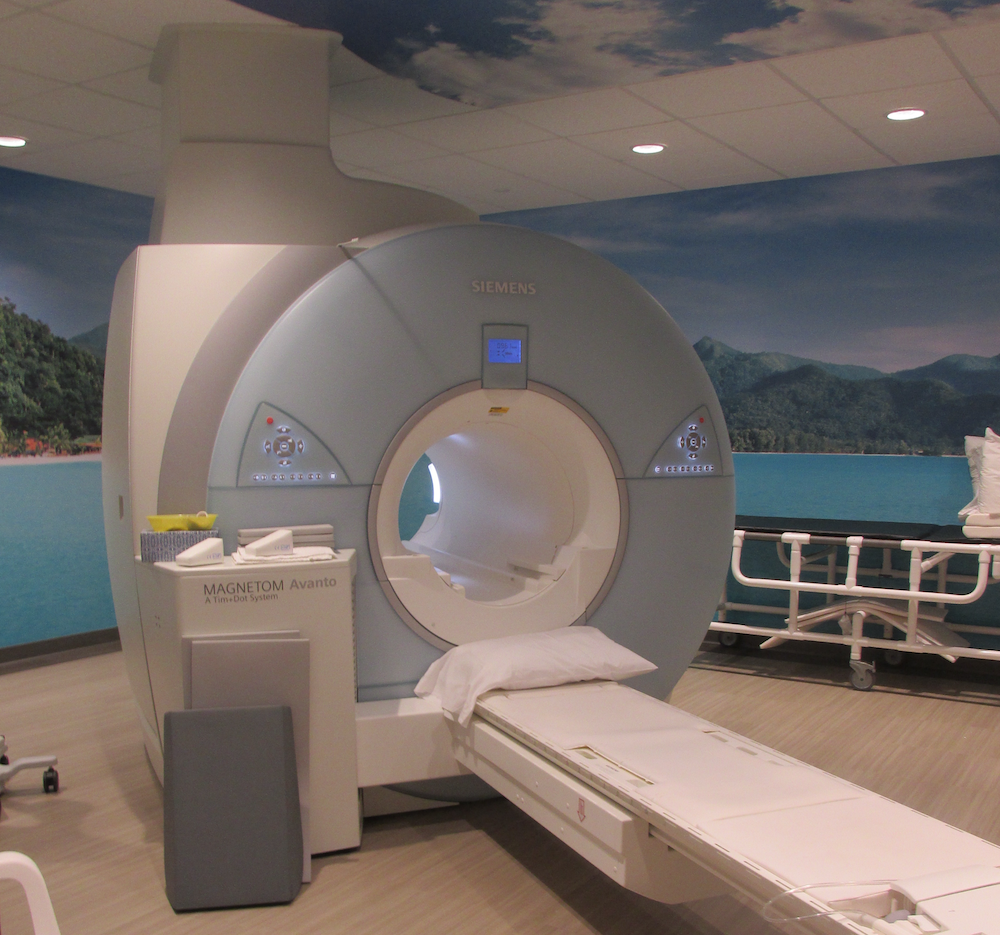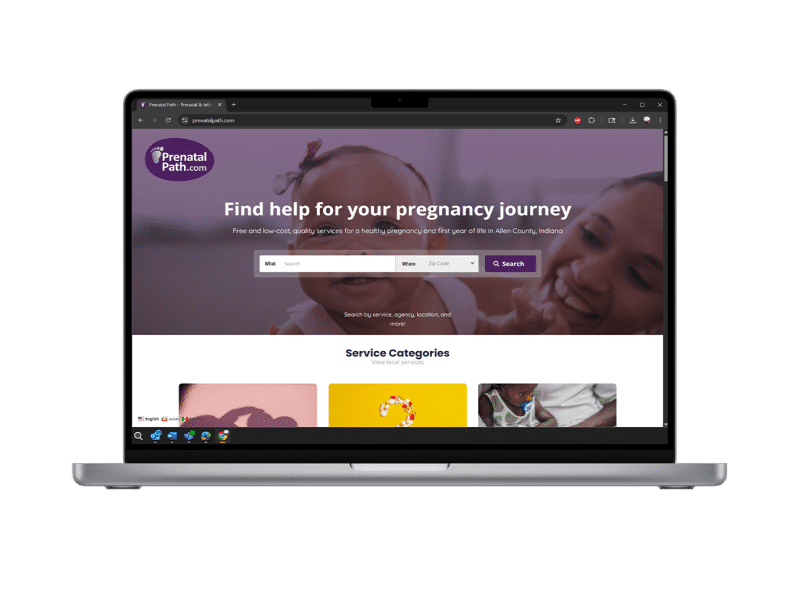What is DirectCare? There’s a new type of primary healthcare in Fort Wayne
As the cost of traditional healthcare rises, DirectCare might make clinic visits and imaging services more affordable.

Before Sudhakar Krishnan became President and CEO of DirectCare in Fort Wayne, he worked in investment banking, private equities, and startups.
While talking with his friends who were physicians, he saw the opportunity to bring a new model of primary healthcare to Fort Wayne—something more personal and affordable.

“I have been constantly hearing from some of my physician friends in the current healthcare system that they are not able practice medicine the way they were trained,” Krishnan says. “With the declining reimbursements, primary care physicians in the large healthcare system are often forced to see as many patients as possible each day in hurried 10- to 15-minute appointments, simply to make ends meet.”
Hearing this, Krishnan yearned for a previous era when doctors were able to spend more time with their patients, getting to know them as individuals, caring for them directly, immediately, and holistically.
Step into the sleek, modern building off Getz Road in the southwest side of Fort Wayne, and you’ll find his vision materialized in DirectCare. It’s a healthcare alternative providing a way for physicians and patients alike to develop trusted relationships, control costs, and promote healthy behaviors and lifestyles.

DirectCare offers what’s called a Direct Primary Care (DPC) model, which is gaining traction across the country, mostly in large metropolitan areas. It’s the first healthcare provider to bring this model to northeast Indiana in two services: DirectClinic and Direct Imaging.
“Direct primary care practices keep costs low by sidestepping the bureaucracy associated with insurance and reducing unnecessary and expensive trips to the hospital or emergency room,” Krishnan explains. “I firmly believe in the social responsibility that’s involved.”
With the DirectClinic, patients have a paid membership, like a gym membership, to a healthcare clinic, where they get ongoing routine primary care directly from a physician (instead of going to see a physician and then being referred to a specialist; thus, incurring higher costs).

As physicians in traditional hospital systems have more and more patients to see throughout the day, the time they get to spend one-on-one with each patient shortens. In turn, patients and employers end up spending more of their health insurance dollars on repetitive routine care visits and specialist referrals.
That’s where the cost-savings come into play. Once patients are DirectClinic members, they receive personalized, ongoing care from a physician who can spend more time with them, and there are no co-pays or deductibles for their services. This eliminates the need to use health insurance for routine costs and reserves it instead for major medical needs, such as a hospital stay.
Dr. Heidi K. Lang, Physician-Internal Medicine at the DirectClinic, describes it as a hybrid of concierge medicine, in which fees are adapted to a sliding scale to make it more affordable.

“We don’t charge exorbitant prices,” Lang says. “We’re trying to eliminate the need for insurance and unnecessary ER visits.”
Their website claims, “If DirectCare were scaled nationally, overall healthcare costs could be reduced by 20 to 30 percent.”
***
So how does it work?
DirectClinic offers a fee-based membership practice to employers, employees, individuals, and families throughout northeast Indiana. It includes comprehensive preventive medicine, acute medical care, and chronic disease management combined with expert consultation and a patient care advocacy program.
“It’s popular among the small- and medium-sized business groups who are not able to afford to pay healthcare benefits to their employees,” Krishnan says. “They choose to get this membership for all their employees. They pay for it as part of their benefits.”
There are no preexisting conditions that would disqualify someone, Krishnan explains. He wants people to understand that the DirectCare model can work independently for those without insurance, but it can also integrate with traditional healthcare plans.
“Typically, employers combine DirectClinic with high-deductible insurance plans, needed to cover hospitalizations, ER visits, and visits to specialists,” Krishnan says.
Building long-term, personal relationships between physicians and patients is a benefit, too, Krishnan says. The monthly fee gives members convenient 24/7 access to their primary care provider by phone, text, or messaging via a secure online patient portal. Krishnan likens it to having a private physician because the level of care is accessible and personalized.
Lang says this personalized care gives her more time to get to know her patients and take care of them in a more personal manner than traditional healthcare environments have allowed.
“They feel more involved in their care, so it’s more of a team approach,” she says. “It solves accessibility issues and provides a good approach to (dealing with) chronic medical problems.”
***
As for employers, Krishnan says the team is willing to analyze a company’s current healthcare situation and find a way to integrate with their existing group plan.
Beyond primary care services, DirectClinic members also enjoy unlimited visits, same- or next-day appointments for urgent needs, acute medical care, chronic disease management, pre-and post-travel consultations, certain in-office procedures, and point-of-care lab services and medication dispensing.
“We are not just a clinic,” Krishnan says. “Comprehensive family care is what we offer; preventive care, acute care, and immediate care. We also offer chronic disease management integrated with our wellness program.”

To supplement their holistic approach, DirectClinic also offers a wellness program to members at no additional charge, which helps them be more proactive about maintaining their wellbeing to prevent the need for excessive healthcare in the first place.
Kathleen D. Childers, Nursing Supervisor and Health and Wellness Coach, says the group’s Stoplight Wellness Program is a benefit for all of the members regardless of their medical condition or fitness level.

“It doesn’t matter if you have a chronic illness or are somebody who just wants to optimize your good health,” Childers says. “It’s voluntary, but we do encourage everyone to be involved in it. What makes it dynamic is that we know our members.”
Members of the wellness program take a health risk assessment, answering questions about their life, stress level, exercise habits, and nutrition.
“Our job is to move those who are high risk to lower risk status,” Childers says. “We do that by having them meet with a health coach and set lifestyle goals.”
In addition to its clinical work, DirectCare also offers highly discounted imaging services through Direct Imaging, which is open to the public. Technologist Amanda Klingenberger explains that they offer four modalities: MRI, CT scan, X-Ray, and Ultrasound.
“All of our technology is comparable to what you would find in a hospital or other imaging facility,” Klingenberger says. “We do same-day and next-day appointments, and we do take insurance on the imaging side because it is a separate entity from the clinic.
***
Despite the benefits, DPC models do have some limitations. The model has been criticized as being “boutique primary care,” largely taking on in affluent communities. The memberships do not cover specialists’ visits or hospital stays, and the concept is new enough that there is not sufficient data regarding how well the model works over time or how it could be scaled.

While physicians often enjoy the benefits of spending more time with patients, they might also be making less money than they would in traditional healthcare settings, depending on how many patients they take on.
In Fort Wayne, Krishnan says the biggest challenge he and his team face is getting the word out to the public and explaining the model so people understand their options.
Healthcare has a fear factor associated with it, he says, and people can be reluctant to try something new. With DirectCare, he wants patients to know that they can receive quality, holistic care from an entire team of professionals.
“Come visit us, see the facility, and meet the providers,” he says. “We offer outstanding, exceptional patient care.”










